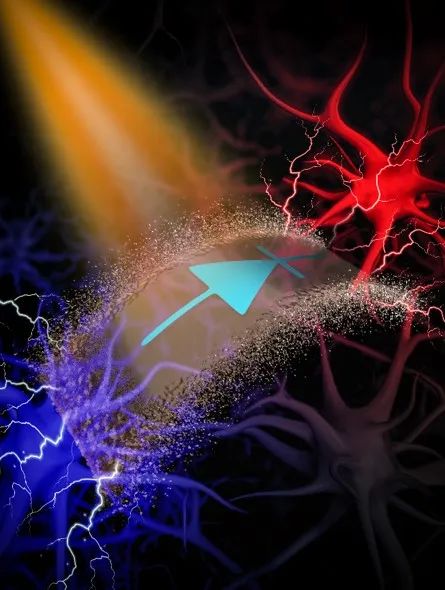The development of new neuromodulation technique to activate and/or inhibit the activities of a single neuron or a specific neural network in real time and accurately is of great significance for the in-depth understanding of the operating mechanism of the brain and the development of treatment methods for neural diseases. Compared with biochemical methods such as drugs, neuromodulation based on physical fields such as photoelectric signals has the advantages of wireless control, high temporal-spatial resolution, quick response, and small side effects. It is also a research hotspot in the field of brain-computer interface in recent years.
Recently, Xing-SHENG Research Group from the Department of Electronic Engineering of Tsinghua University and their collaborators found that the use of flexible thin-film monocrystalline silicon diodes to integrate with the neural system can generate polarization electric fields under illumination conditions, and selectively wirelessly activate and inhibit neural signals in vitro and in vivo. At the same time, the thin-film silicon structure can be safely degraded in the organism and has good biocompatibility. This kind of implantable device, which is biological-friendly, not genetics, wireless remote operation, and can realize activation-inhibition bidirectional photoelectric modulation can provide effective technical support for basic neuroscience research and clinical application.
Learn more:https://www.nature.com/articles/s41551-022-00931-0
